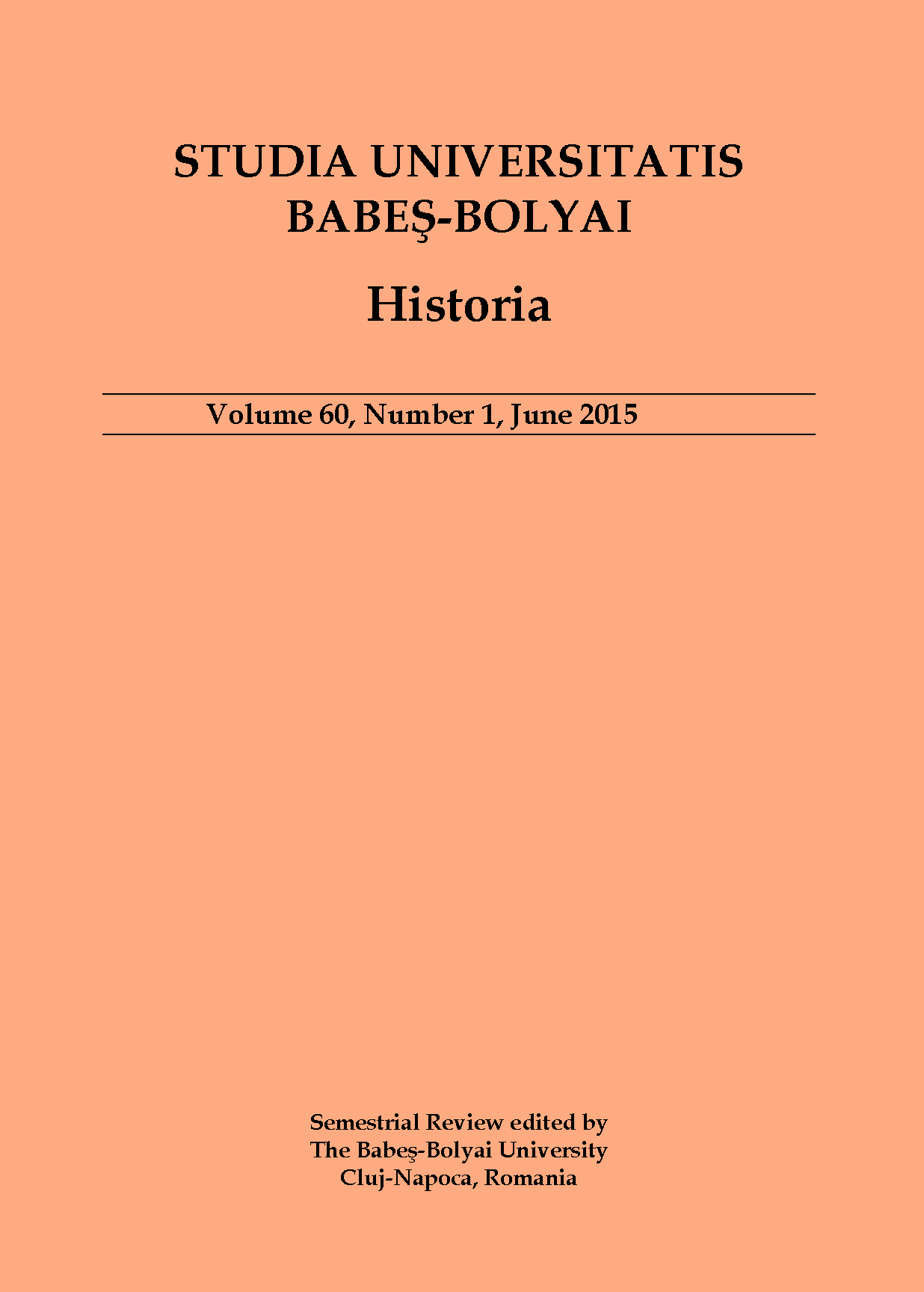The Question of the Spatial Identification of the Brno and Jihlava Franciscans in the Late Middle Ages in Connection with the Poorer Social Strata Based on the Study of Taxation Records
Keywords:
Franciscan friaries, poorer strata, taxation records, social topography, Brno, Jihlava.Abstract
It has sometimes been argued that a quite frequent location of Franciscan friaries close to town walls and/or town gates was due to their close proximity to the poor living there. The present article explores the correlation between the location of two Moravian Franciscan friaries situated in these areas and their spatial identification with the poorer strata around their friaries during the fourteenth and fifteenth centuries. This will be considered in the light of research on social topography carried out for the late medieval Swiss towns. Thanks to their well preserved taxation records the towns of Brno and Jihlava will be examined. For Brno rejstříky městské sbírky (registers of the town’s collection) and berní knihy (taxation books) will be studied, with a particular focus on the period between the years 1345 and 1365. For Jihlava rejstříky městské sbírky only survived, the most complete of them from between 1425 to 1442 will be analyzed.
Rezumat: Despre identificarea spaţială a franciscanilor din Brno şi Jihlava în Evul Mediu tîrziu. Analiza legăturii franciscanilor cu straturile sociale sărace în lumina registrelor de impozite A fost deseori invocat în cercetarea referitoare la topografia ordinelor mendicante faptul că franciscanii au preferat să-şi construiască conventurile în apropierea zidurilor oraşelor şi/sau a porţilor de intrare în oraşe datorită proximităţii săracilor care locuiau în aceste zone urbane. Prezentul articol îşi propune să investigheze conexiunea existentă între localizarea a două conventuri franciscane din Moravia în ariile locuite de săraci şi identificarea lor spaţială cu straturile sărace ale orăşenimii din apropierea conventurilor lor în intervalul cronologic cuprins între secolele XIV şi XV. Acest aspect va fi analizat din perspectiva cercetărilor asupra topografiei sociale care a caracterizat oraşele elveţiene în Evul Mediu tîrziu. Supravieţuirea registrelor de impozite ale oraşelor Brno şi Jihlava permite o atare analiză asupra conventurilor franciscane şi a legăturilor lor cu populaţia săracă a acestor două oraşe. Pentru Brno vor fi analizate rejstříky městské sbírky (registrele din colecţiile oraşului) şi bĕrní knihy (registrele de impozite), insistînd asupra perioadei cuprinse între anii 1345-1365. Datorită faptului că pentru Jihlava nu au supravieţuit decît rejstříky městské sbírky, analiza acestei categorii de surse se va concentra asupra perioadei 1425-1442.
Cuvinte cheie: conventuri franciscane, categorii sociale sărace, registre de impozite, topografie socială, Brno, Jihlava
Downloads
Published
How to Cite
Issue
Section
License
Copyright (c) 2015 Studia Universitatis Babeș-Bolyai Historia

This work is licensed under a Creative Commons Attribution-NonCommercial-NoDerivatives 4.0 International License.






